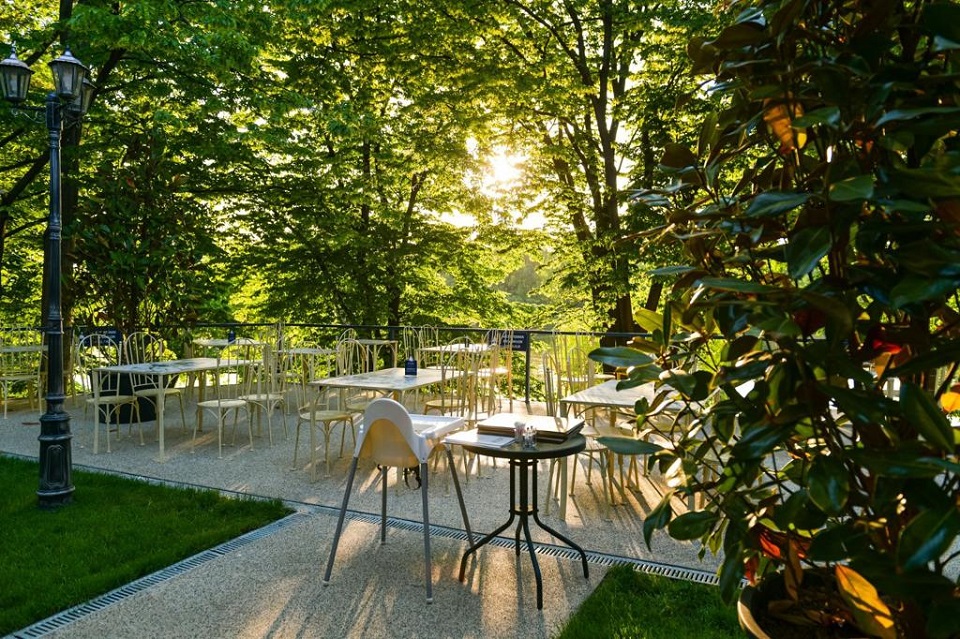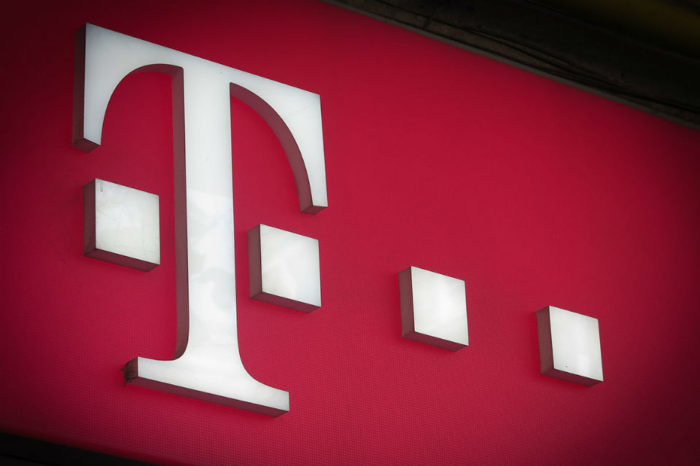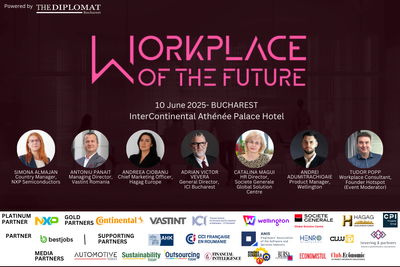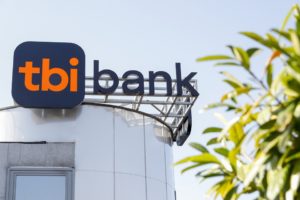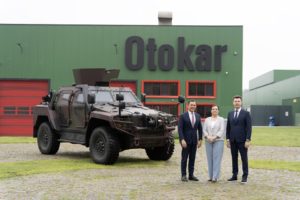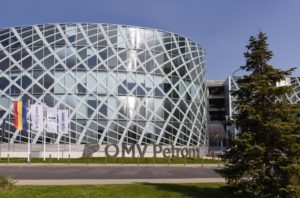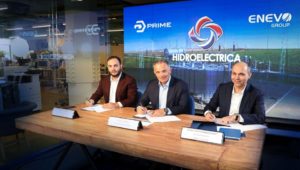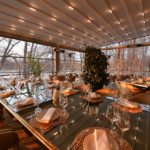Zexe Herastrau – the story of a post-pandemic launched business
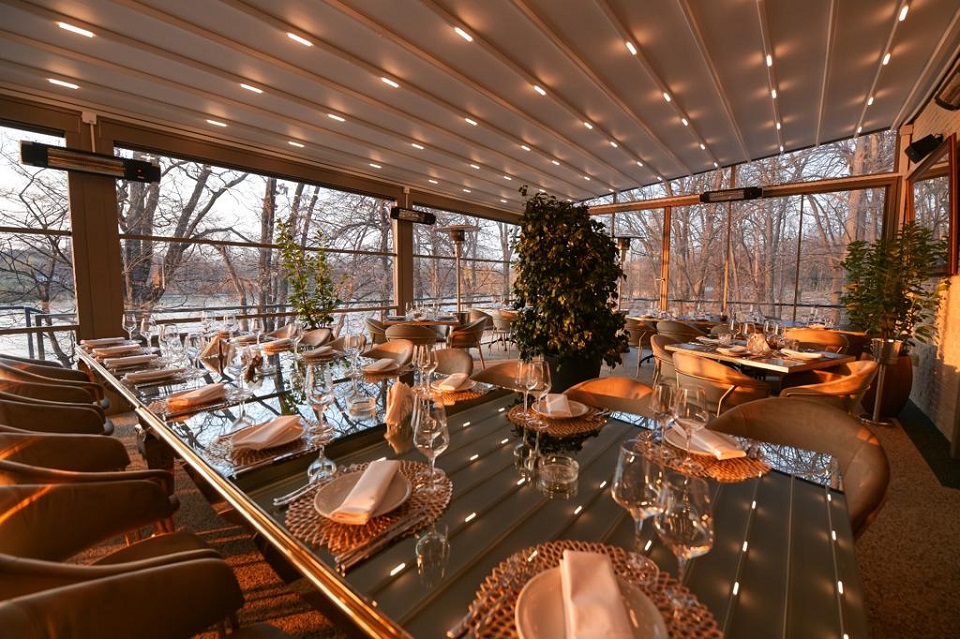
An interview with Amalia STANCIU and Dan BUSURCA, Managing Partners at Zexe Herastrau
It all started with a stringent need that has become, over the years, an authentic business.
Amalia Stanciu and Dan Busurcă are two entrepreneurs with an experience of over 20 years on the HORECA market, who currently hold the Managing Partner positions at Zexe Herăstrău. They were confronted with the pandemic crisis, they reinvented their business to overcome the imminent challenges, and decided to expand their presence nationally. This is, briefly, the portrait of the Romanian entrepreneur who managed to convert a crisis into an opportunity and continued developing their business, even when faced with adverse economic conditions.
‘The story of Zexe began more than 20 years ago in Bucharest with the aim to solve the necessity of reducing protocol-related costs. My then-associate, alongside whom I had started the Zexe brand, decided it was time to open a restaurant where he could gather his friends, subsequently diminishing the protocol expenses. The more ludicrous the idea, since neither of us had any experience in this particular business industry. Therefore, we had to go back to the drawing board, constantly learn and adopt a customer-first approach, reminisces Amalia Stanciu. The key factor for success in this branch rests in the clients’ satisfaction rate. However, as in other areas, success is achieved through dedication, maximum involvement and continuous progress. Thus, all these years, I’ve come to understand two personal aspects; first, the learning curve is a never-ending process, and secondly, my daily motivation spans from the satisfaction level of our team members, as well as our customers.
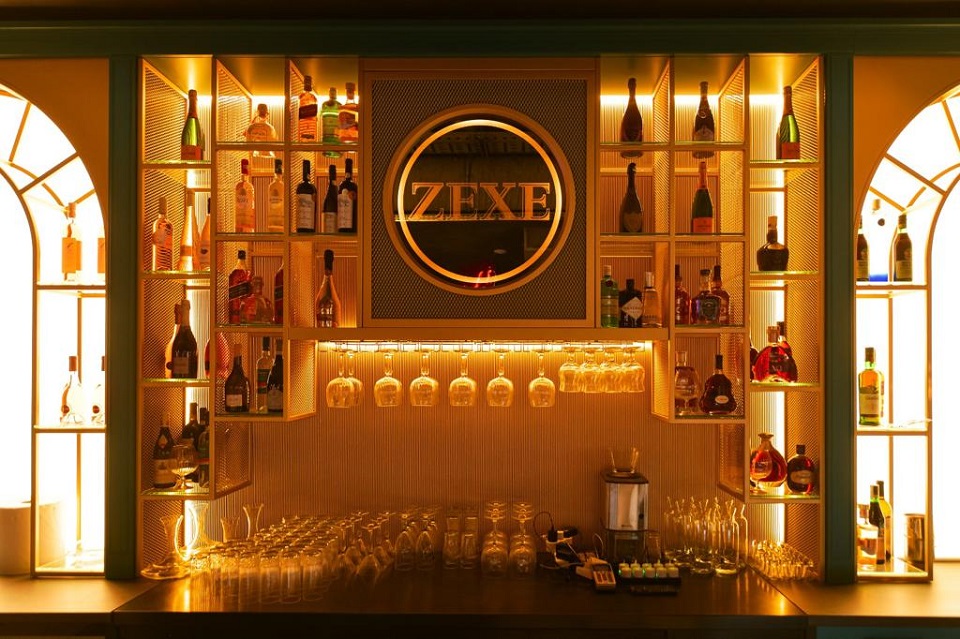
From surviving to thriving
‘During the daunting pandemic period, we had to find ways of reinventing ourselves constantly. 2021 was a year when we put into practice everything we had jointly learned over the years; on one hand, to show more empathy, to work closer to one another and to adopt a wider business vision that incorporates a people-first culture, while on the other, to reduce unnecessary costs and to adapt to the ever-changing environment. Hence, we turned 2021 into the year of major decisions. Therefore, the first commitment we made was that regardless of the harshness of the post pandemic conditions, we would continue running this business. Secondly, we prepared for continuity by opening a top-notch location in the heart of Bucharest, Zexe Herăstrău, where all our guests could feel safe and have a great dining experience. This is a project we hold very dear, and probably the most complex and beautiful Zexe story built so far’ said Dan Busurcă.
‘It had been a difficult time, filled with social distancing and isolation issues, which had pushed us to thoroughly recalculate numbers and think about the uncertain future. Although we had seen restaurants going out of business, we managed to take care of our core team and keep it intact. It had definitely been a joint effort, but for me, the fact that we survived and reopened, was the biggest achievement. Then, of course, we had to prioritise the clients’ journey to ensure we could incentivise them to visit us again, build the trust around a safe environment and slowly return to the pre-pandemic habits’, argued Amalia Stanciu.
Miss Stanciu also noted that adapting to the new norm remains a continuous challenge. ‘Our post-pandemic evolution has rocketed, since people are extremely eager to experience real connections once again. Us, on the other hand, have also been yearning for welcoming our clients and delivering exceptional customer service. Following a 2021 filled with business transformation, strategic development and resource rethinking plans, we are looking at 2022 with faith that we can keep consolidating the business as a whole. The opening of Zexe Herăstrău occurred during uncertainty-driven times, as the post-pandemic scenery was doubled by the international conflict placed next to our borders. Hence, it generated a new wave of unpredictability, planting further seeds of doubt. Nonetheless, I notice an increase in the customers’ standards when it comes to quality, attention to detail and the price trends, which will presumably help the industry to stabilise.
Labour shortage – HORECA’s main threat
Apart from the key challenges derived from the pandemic effects and the increased costs of utilities and food, another phenomenon the HORECA industry is facing relates to the workforce shortage. If lately, the latter issue could be overcome by the Asian labour market, this year, the geopolitical context makes it harder to opt for overseas personnel. On average, the recruitment process lasts for eight to ten months.
Therefore, the workforce instability presses restaurant owners to optimise the internal resource capabilities by either supplementing the working hours of the employees, or sharing their tasks in order for the establishments’ functioning not to be interrupted, and the clients not to be impacted negatively by the staff crisis.
Dan Busurcă, Zexe Herăstrău’s Managing Partner, reveals the following: ‘Currently, we are encountering a significant human resource problem, as many employees chose to take other job paths during the pandemic across the industry. However, we are proud to see that we can still count on 80% of our former team members, and continue building a culture focussed on the needs of our team. Each one of them is at liberty to decide what works best for their individual circumstances, but I am a strong believer in the power of long-term commitment, which is closely linked with our policy of rewarding loyal employees. I think the industry will slowly recover, capitalising upon the learned lessons regarding predictability and the importance of efficiently managing its supply chain to generate lower production costs, in order for the listed menu not to suffer price gouging. Adopting this approach has helped us to look forward and to sketch a long-term development plan that would take Zexe at national level, aiming to first enter the markets of Iași and Cluj’.
